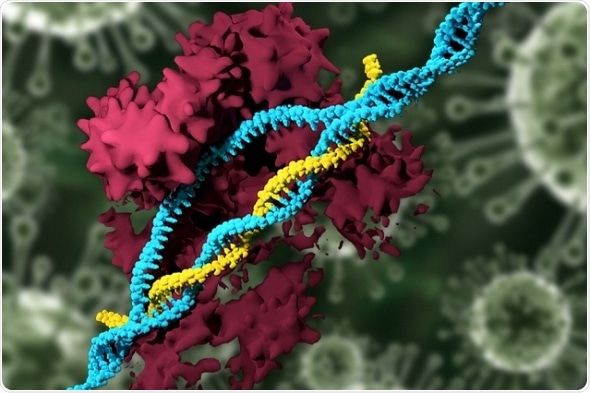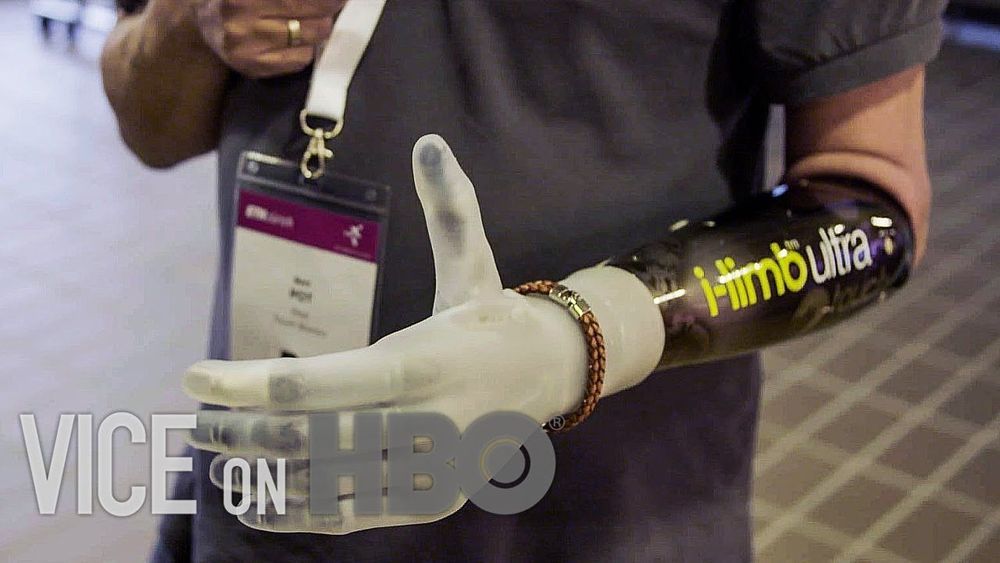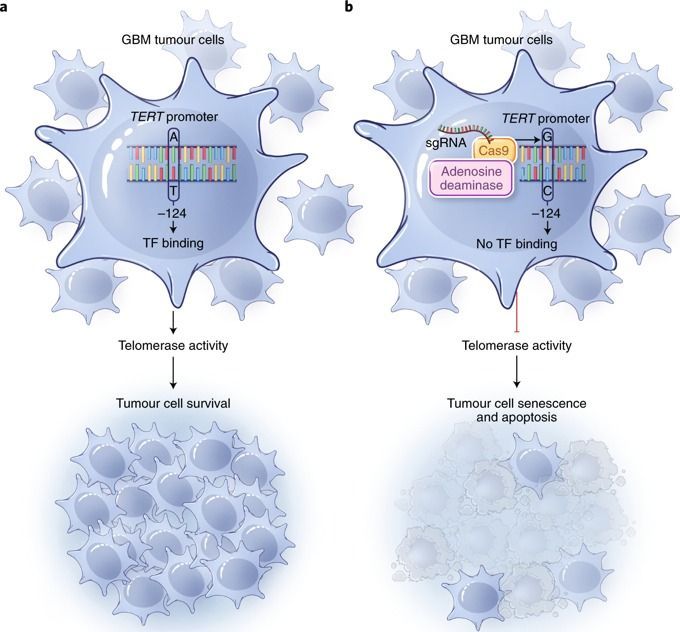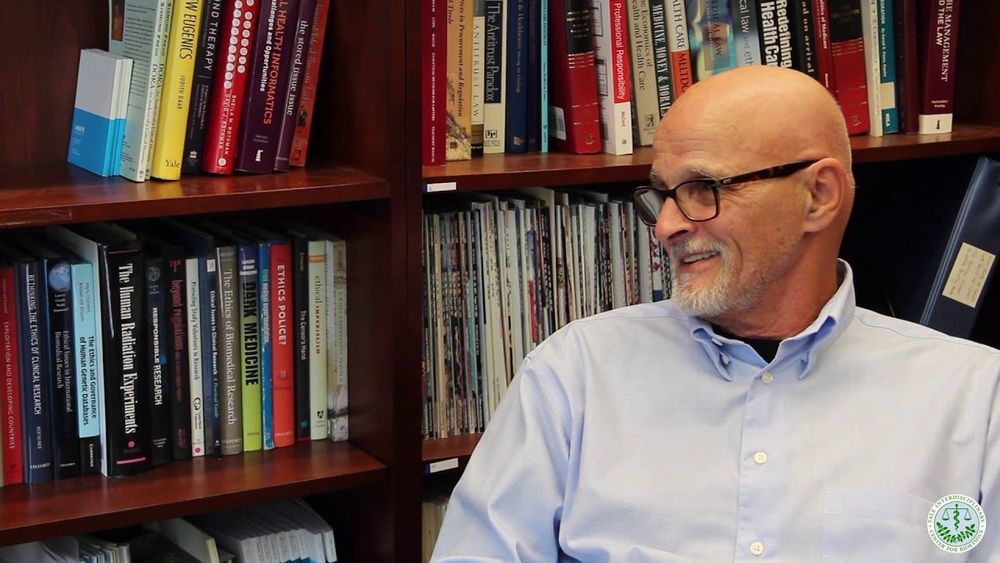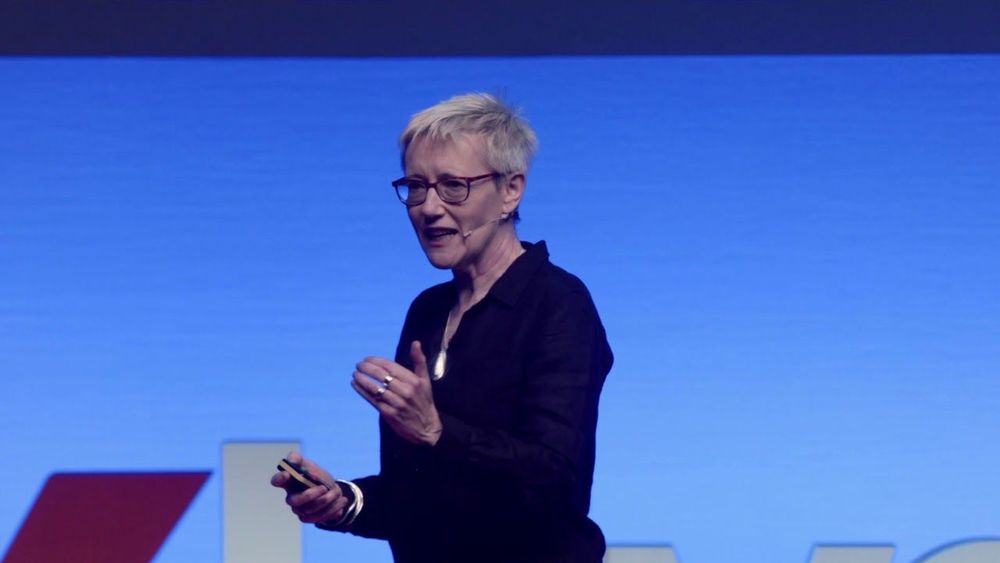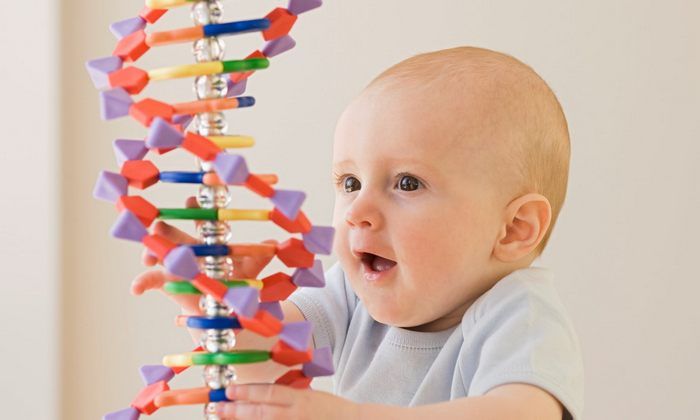Feb 27, 2020
Hacking DNA: The Story of CRISPR, Ken Thompson, and the Gene Drive
Posted by Lola Heavey in categories: bioengineering, biotech/medical, genetics
The very nature of the human race is about to change. This change will be radical and rapid beyond anything in our species’ history. A chapter of our story just ended and the next chapter has begun.
This revolution in what it means to be human will be enabled by a new genetic technology that goes by the innocuous sounding name CRISPR, pronounced “crisper”. Many readers will already have seen this term in the news, and can expect much more of it in the mainstream media soon. CRISPR is an acronym for Clustered Regularly Interspaced Short Palindromic Repeats and is to genomics what vi (Unix’s visual text editor) is to software. It is an editing technology which gives unprecedented power to genetic engineers: it turns them into genetic hackers. Before CRISPR, genetic engineering was slow, expensive, and inaccurate. With CRISPR, genome editing is cheap, accurate, and repeatable.
Continue reading “Hacking DNA: The Story of CRISPR, Ken Thompson, and the Gene Drive” »



